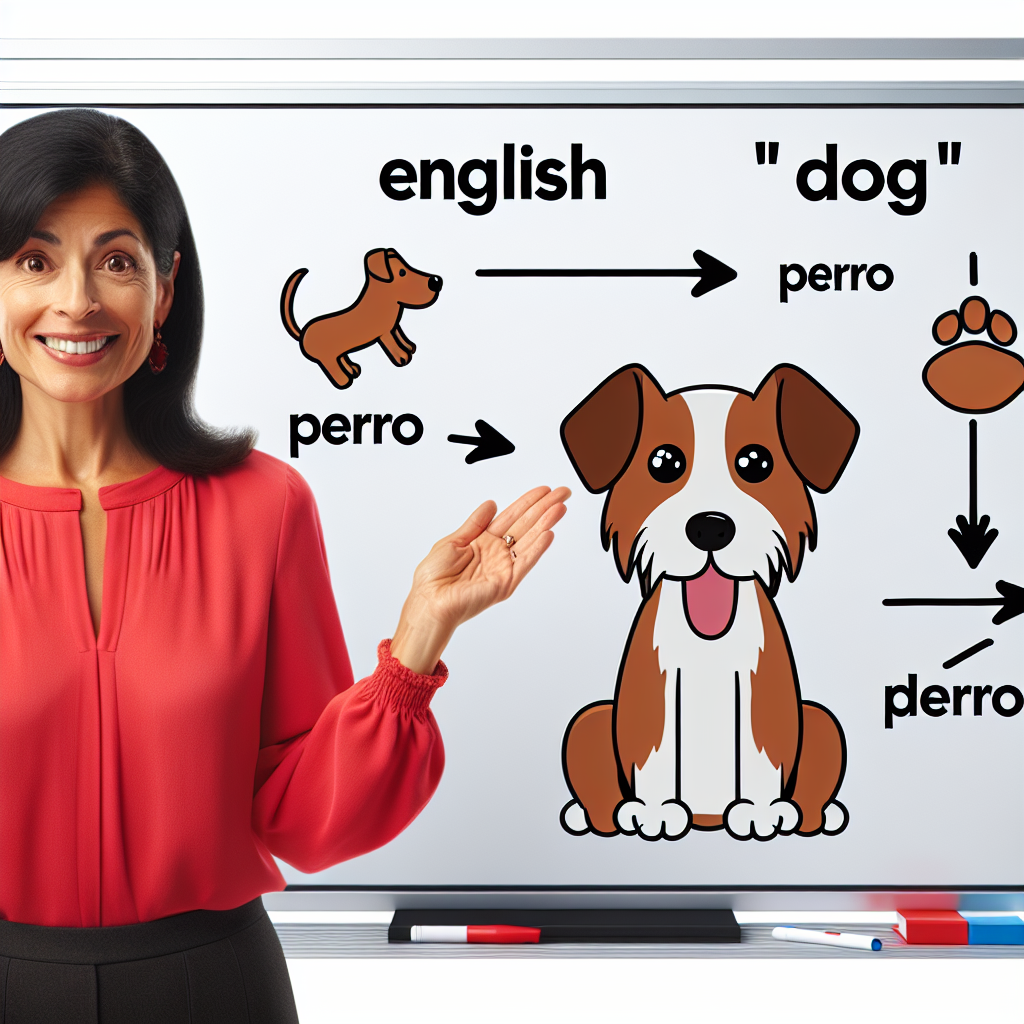===
For anyone keen on mastering Spanish, understanding essential vocabulary is key, especially when it comes to our beloved furry friends. “Dog” in Spanish is not just a word; it opens doors to conversations, cultural expressions, and deeper connections within communities that cherish canine companionship. But what happens when you encounter terms that go beyond mere translation? This article serves as an indispensable resource for dog lovers eager to expand their Spanish vocabulary, offering insights that will heighten your understanding and appreciation for the language in a context that matters to you.
Exploring the Spanish Term for ‘Dog’: A Language Guide
When diving into the world of Spanish, the term for "dog" is straightforward: "perro." This word is foundational for dog owners, animal enthusiasts, or simply anyone looking to engage in conversations about pets in Spanish-speaking contexts. However, the richness of the language reveals more than just this simple translation. Understanding its etymology can provide a deeper appreciation of how language evolves, highlighting that "perro" comes from the Latin "petrus," linking it to concepts of loyalty and companionship—traits inherently associated with dogs.
Moreover, recognizing that "perro" is a masculine noun can affect the way you construct sentences in Spanish. The gender of nouns is a crucial aspect of Spanish grammar and can sometimes be a stumbling block for learners. Pairing "perro" with the appropriate articles or adjectives not only sharpens your language skills but also allows for more nuanced expressions. For instance, saying "el perro" (the dog) or "un perro" (a dog) requires a basic understanding of articles, opening the door to more fluent and engaging conversations.
In Spanish, context is everything. While "perro" is the standard term, regional variations exist that can enhance your vocabulary significantly. In some countries, affectionate terms like "perrito" (little dog) are commonplace, while in others, local dialects may introduce entirely different terms or slang. This linguistic diversity not only makes learning more exciting but also enriches your understanding of the cultures surrounding the Spanish language, providing you with an insider perspective on how people relate to and talk about their pets.
Unpacking Canine Vocabulary: Say ‘Dog’ in Spanish Contexts
Once you grasp the basic term "perro," it’s essential to expand your vocabulary to include related canine terms. For instance, "perra" refers to a female dog, while "cachorro" signifies a puppy. Knowing these variants can make your conversations more specific and relatable, especially when discussing dog breeds, training tips, or health care. With advanced knowledge of canine vocabulary, you can delve into topics like adoption and care, which are often discussed in Spanish-speaking communities.
Additionally, understanding phrases and idioms that include "perro" can significantly enhance your conversational skills. For example, the expression "hasta el perro" translates to "even the dog," often used to convey that something applies to all, regardless of status. Such idiomatic expressions enrich your language ability and provide context that can be vital in social interactions. They also reflect the cultural nuances that define Spanish-speaking countries, giving you deeper insight into their societal norms and values.
Lastly, let’s not overlook the importance of canine-related events and activities in Spanish-speaking cultures. From dog shows to local pet adoption events, understanding how to discuss these topics in Spanish opens up an array of opportunities for involvement. You can participate in community activities, engage with local dog trainers, or even join clubs focused on canine care, all while practicing your Spanish language skills. This not only fosters a sense of belonging but also enhances your vocabulary in practical, real-world situations.
===
By mastering the term for "dog" in Spanish and expanding your canine vocabulary, you not only improve your language skills but also enrich your interactions within Spanish-speaking communities. Embracing these linguistic nuances allows for a more profound connection with the culture and people who cherish their canine companions as much as you do. So, whether you’re planning a trip to a Spanish-speaking country, looking to adopt a new furry friend, or simply wanting to enhance your conversational abilities, diving into the world of canine vocabulary will unlock countless opportunities. Don’t just stop at “perro”—explore, engage, and elevate your Spanish skills to new heights!
Measuring Your Dog’s Height: A Comprehensive GuideUnderstanding How Dogs Become Infested with FleasUnderstanding the Lifespan of Pug Dogs: What to ExpectRelevant LinkRelevant LinkRelevant Link
